A fresh look at Australia
Welcome aboard our journey exploring how Australia continues to shine as a compelling destination for U.S. travelers. In an era when many tourism markets are just recovering, Australia has emerged as not only resilient but also growing in appeal. Its stunning landscapes, vibrant cities, and rich culture are drawing in Americans in greater numbers once again.
We’ll unpack data, stories, and surprises showing why U.S. visitors are rediscovering Australia. From economic impact to travel trends, from iconic sites to local gems, each slide will reveal what makes Australia a bright spot in U.S. tourism today.
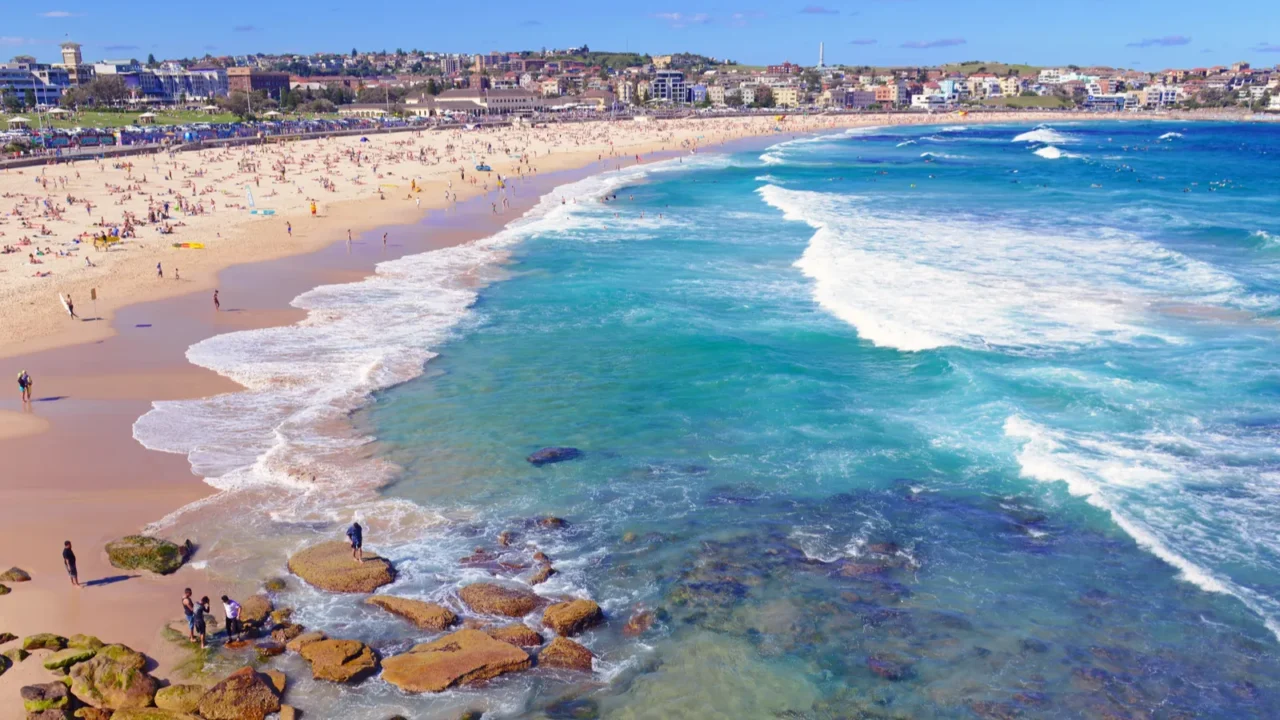
Tourism in full swing
In the year ending March 2025, international visitation to Australia reached 7.7 million trips, a 7 percent rise from the previous year. Total nights spent reached approximately 296 million, representing an 11 percent increase. Overall spending in Australia was about $35.5 billion, showing 15 percent growth.
U.S. travelers made close to 701,000 trips during this period, slightly higher than previously reported estimates. Their spending is estimated to have grown strongly, potentially nearing $2.3 billion, although exact figures vary by source. The U.S. remains one of Australia’s top five visitor markets, reflecting continued strong interest.
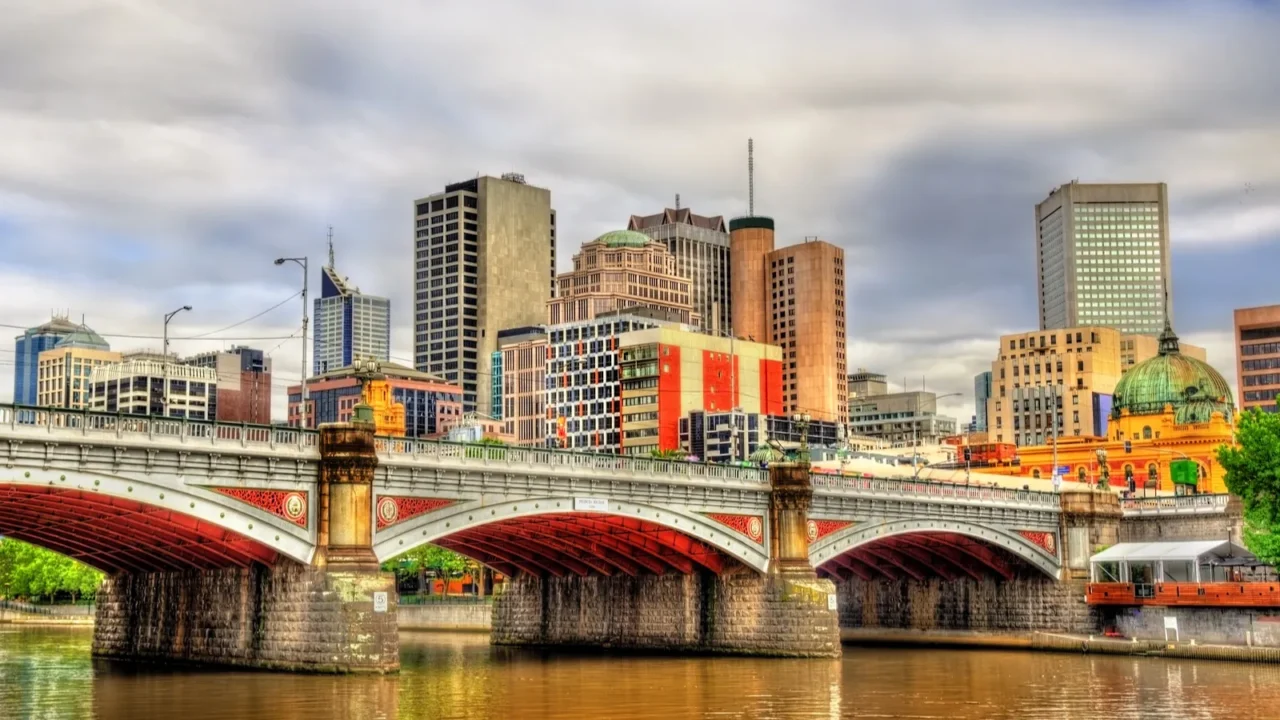
Close to full comeback
Australia’s tourism market has nearly bounced back to pre-pandemic levels. International spending is now 16 percent higher than in March 2019, while the number of trips is approximately 90 percent of what it was before COVID-19 disruptions. Nights spent are slightly above pre-COVID benchmarks.
For U.S. arrivals, data through November 2024 show about 701,074 arrivals, about 85.6 percent of the same period in 2019. Holiday travel from the U.S. has especially recovered, reaching 87.4 percent of 2019’s volume.
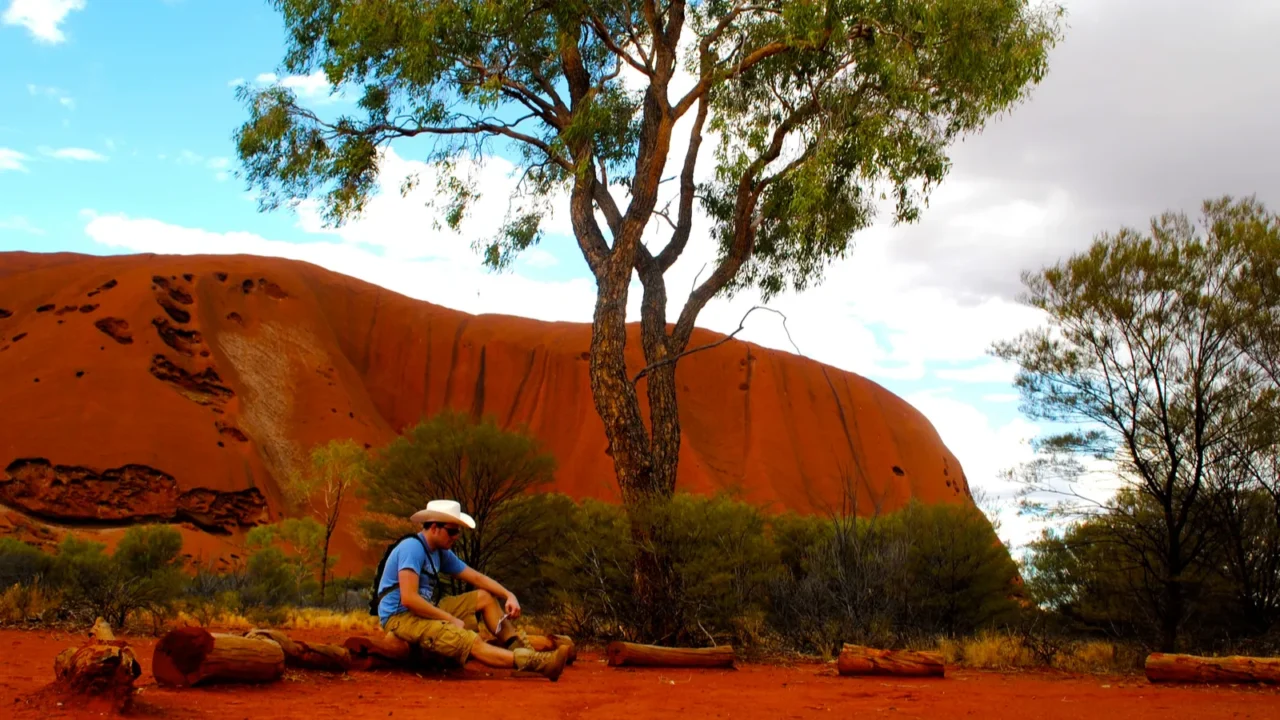
What U.S. travelers are doing
American travelers rank among Australia’s strongest source markets. In 2024, U.S. visitors totaled over 669,000. That was an 8.4 percent increase over 2023. Although still a bit below pre-pandemic highs (2019), this steady upward trend shows strong demand.
Spending patterns indicate that U.S. travelers are allocating a significant portion of their budget to both in-country expenses and the overall trip cost, including flights. In 2024, U.S. visitors’ spending exceeded pre-COVID levels, and total trip spend also surpassed 2019’s numbers by about 10 percent.
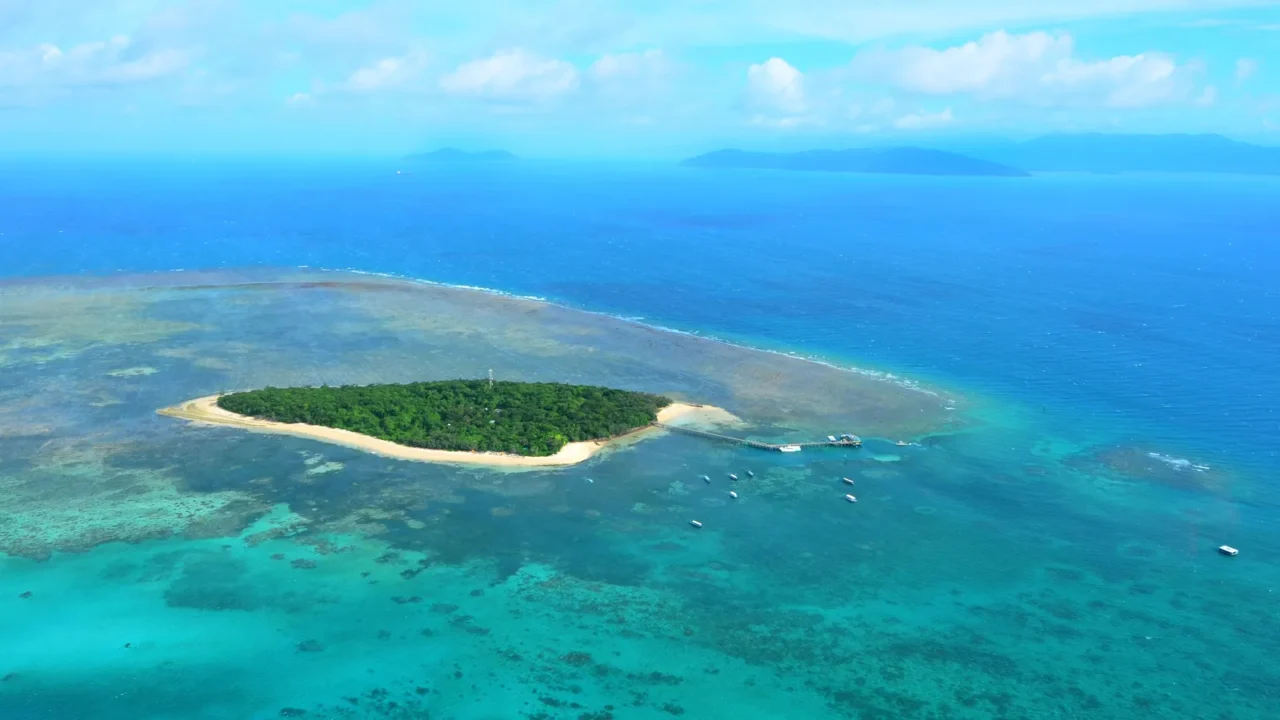
The American fascination
Natural wonders like the Great Barrier Reef, the Outback, Tasmania’s wilderness, and modern city life in Sydney and Melbourne offer Americans a stark contrast to busy domestic spaces. Outdoor adventure, wildlife encounters, and ocean beaches hold huge appeal. Unique ecological diversity is a big draw.
Another magnet is culture: indigenous history, food and wine scenes, arts, music, and festivals. Plus, English is the common language, reducing travel friction. Australians are seen as friendly, and safety is a plus. These cultural and experiential elements make Australia memorable to U.S. holidaymakers.
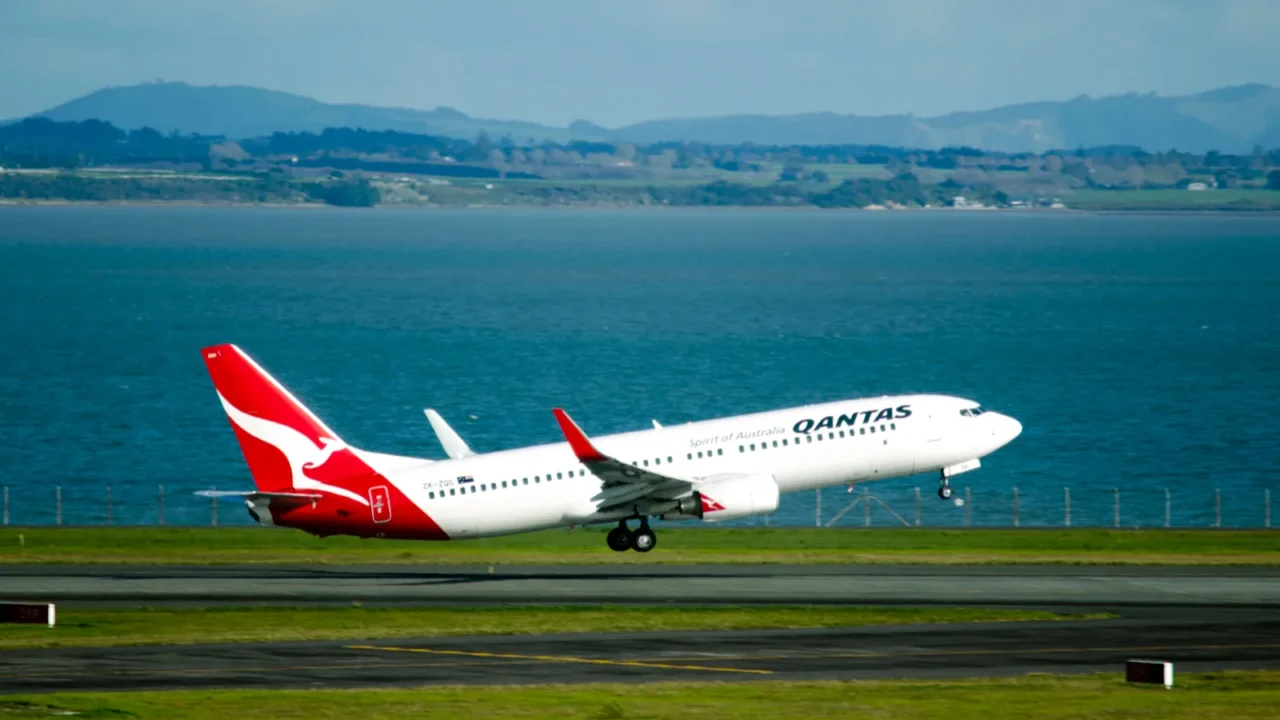
Flights opening up again
Air capacity has been an important factor in Australia’s revival. As of late 2024, flights between the U.S. and Australia have gradually increased. Projections suggest that by December 2025, aviation capacity will be nearly back to 2019 levels.
Some routes are growing faster than others. Airlines such as Qantas are restoring routes and re-introducing large aircraft on major long-haul paths. While fare prices remain above pre-pandemic levels, they are beginning to moderate, helping more Americans consider the trip.
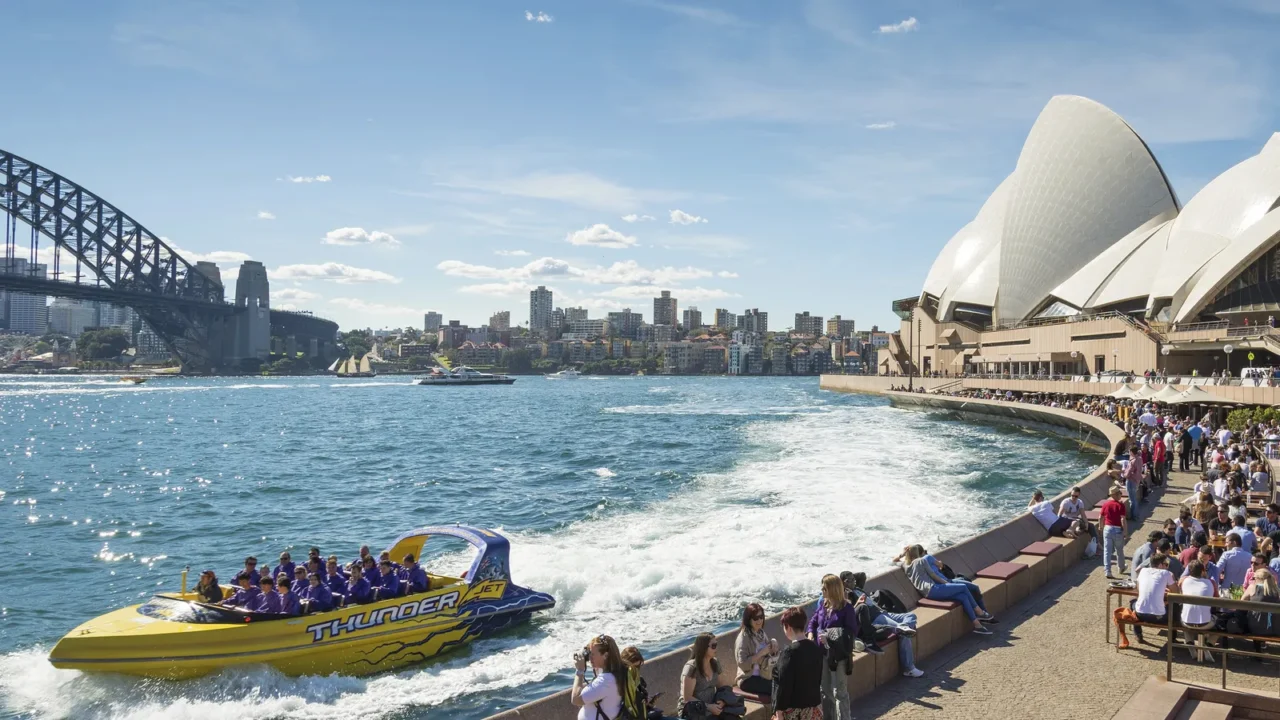
Tourism dollars at work
Tourism is a vital part of Australia’s economy. In 2018-19, before the pandemic, tourism contributed over A$60.8 billion to the national economy. It was the fourth largest export sector. About 1 in 21 jobs across the workforce were tied to tourism.
Today, with recoveries underway, government investment continues in infrastructure, transport, and regional access. Increased visitation from the U.S. injects billions into local economies. These funds help support hotels, tour operators, local crafts, eateries, and indigenous communities. The ripple effect is strong and growing.
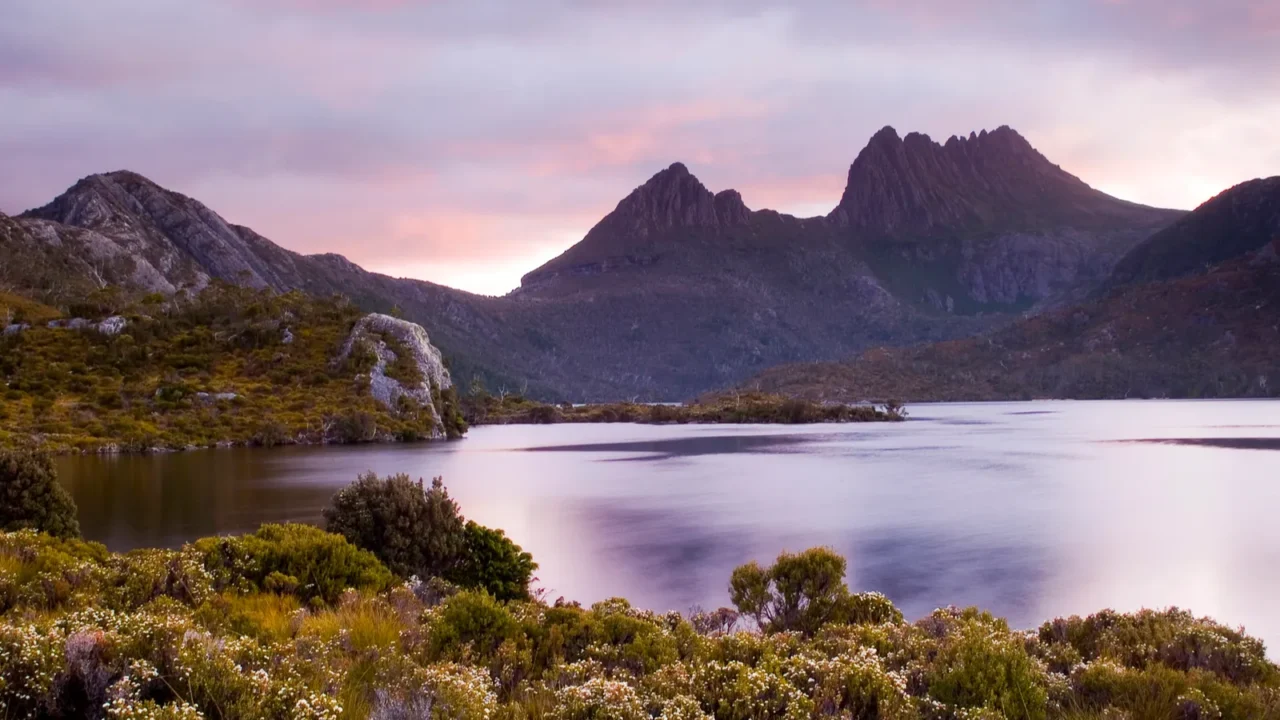
Beyond the usual hotspots
Beyond Sydney and the Great Barrier Reef, regions like Tasmania, the Kimberley, the Blue Mountains, and the Nullarbor are gaining attention. These lesser-known places offer immersive nature, starry skies, and quiet escapes that many U.S. travelers now crave.
For example, Tasmania’s rugged coast and native wildlife, or Western Australia’s remote beaches with minimal crowds, are redefining “vacation.” Travel firms are packaging these gems to appeal to experience seekers who want nature, peace, and authenticity rather than only famous landmarks.
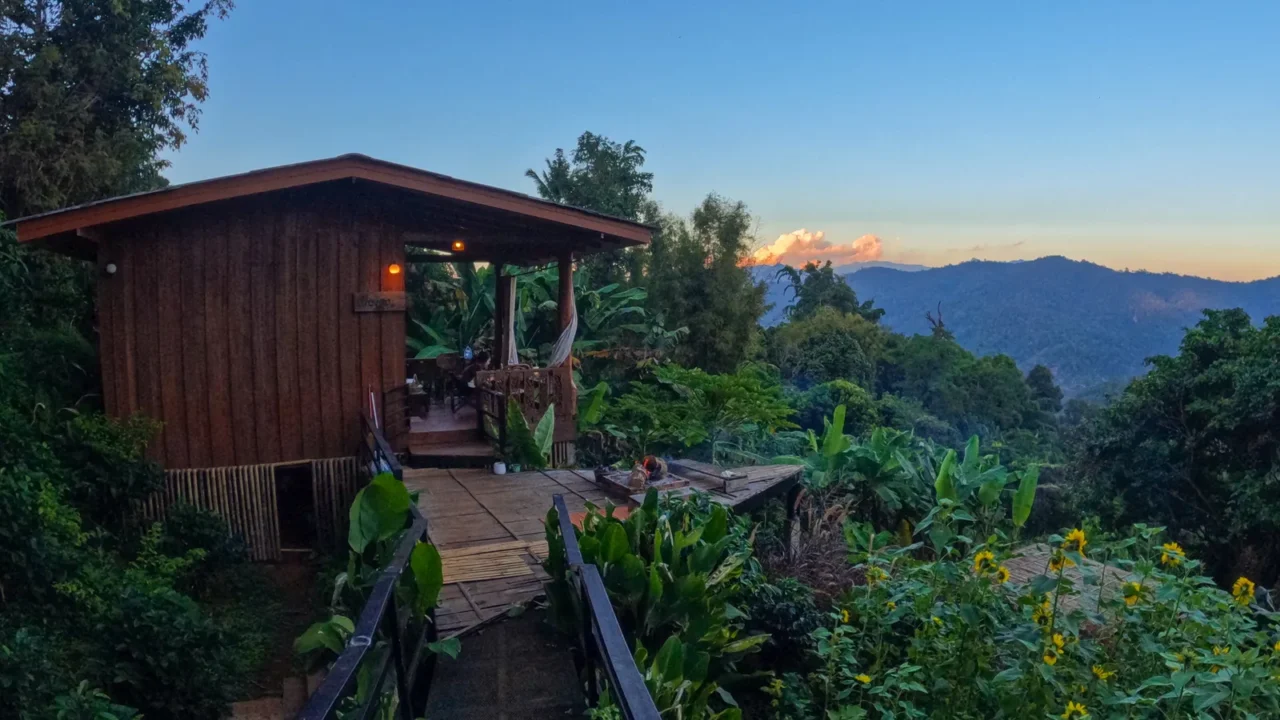
Eco travel gains ground
A growing number of tourists want travel that respects nature and culture. Australia is responding with eco-lodges, wildlife conservation programs, reef protection, and indigenous-led tours. These attract U.S. visitors who seek meaningful, sustainable experiences.
Eco-friendly practices like carbon offsetting, minimal waste stays, and responsible tour operators are gaining traction. As climate concerns grow, this trend strengthens Australia’s advantage. Many American travelers report that they will pay more for trips that align with environmental values.
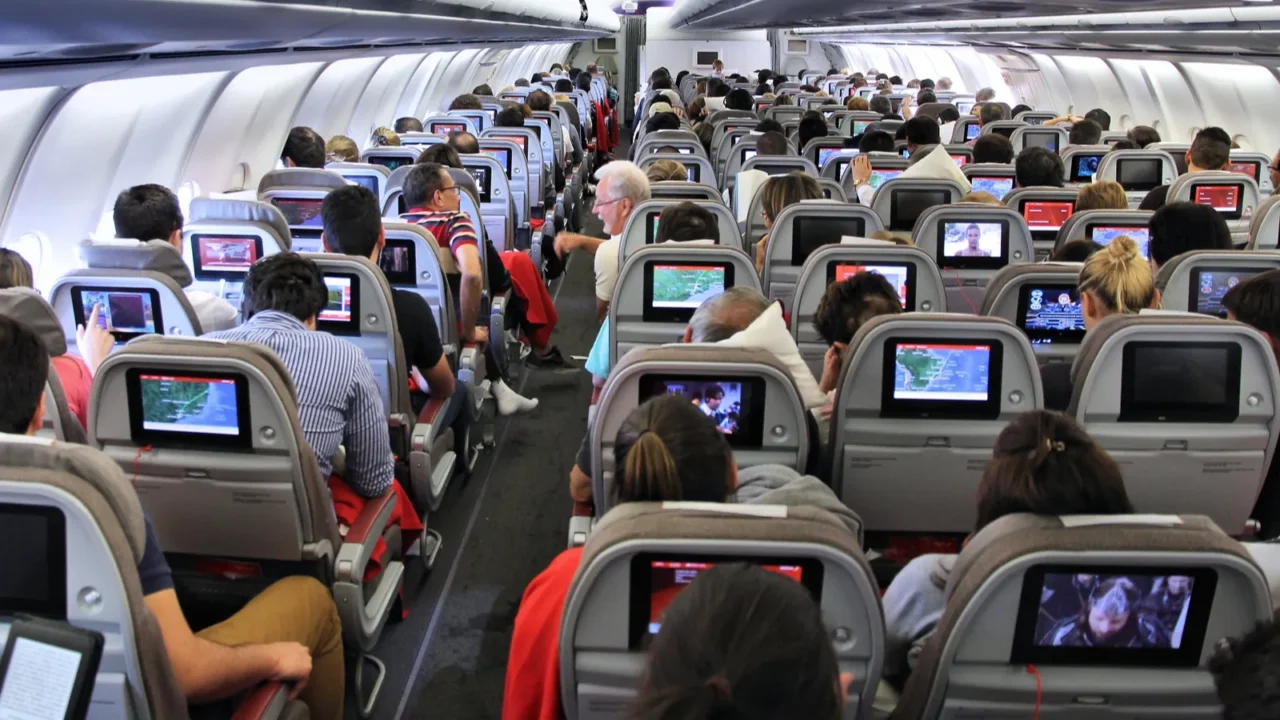
Barriers over the horizon
Australia’s geography and distance from the U.S. mean long travel times and higher airfare. That remains a barrier for many. Also, while exchange rates have moderated, costs for lodging, tours, and activities still feel steep for budget travelers.
Visa processes, flight frequency, and seasonal weather also pose challenges. Intense summer heat, bushfires, and remote wilderness require careful planning. Infrastructure in remote zones sometimes lacks the comfort levels expected by some tourists. Balancing access with sustainability is key.
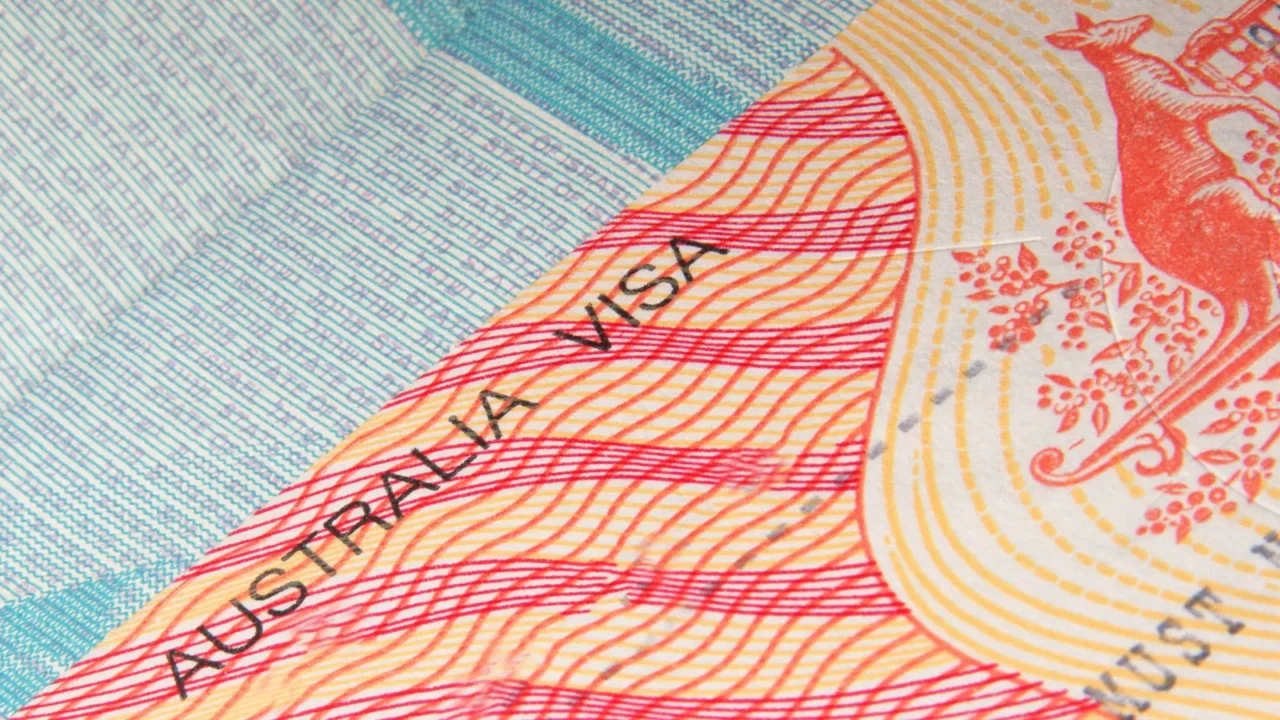
U.S arrivals snapshot
In the twelve months to November 2024, arrivals from the U.S. were 701,074, reaching 85.6 percent of 2019 levels. Holiday‐driven travel was especially strong, nearly 87.4 percent of what it was before the pandemic.
Spending from U.S. tourists has also surpassed pre-COVID levels. As of September 2024, spending was 110 percent of 2019 numbers. That reflects returning confidence, stronger itineraries, and greater interest in multi-region trips across Australia.
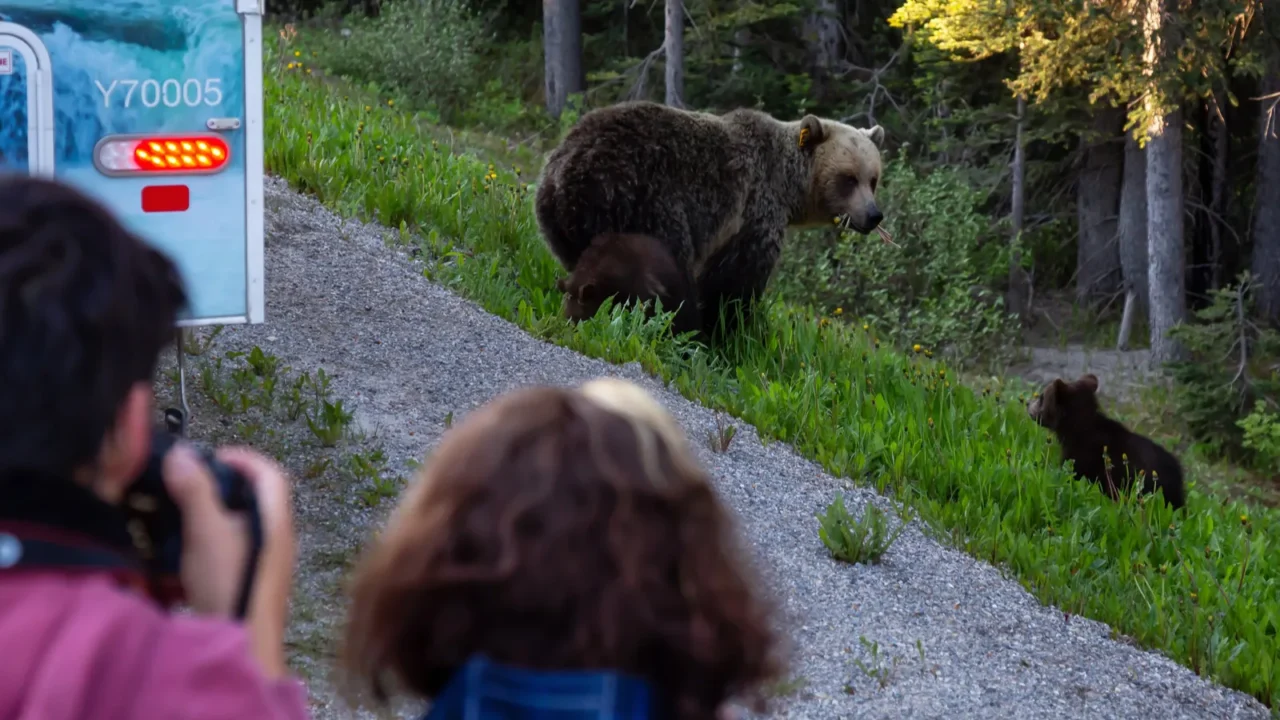
American stories abroad
Meet the family from California who traded beaches in Florida for snorkeling the Great Barrier Reef. Or the couple from New York City exploring the Tasmanian Wilderness and drinking Pinot Noir under centuries‐old forests. Emotional stories like these drive word of mouth.
Social media posts of Uluru’s sunrise, kangaroos at sunset, surfing on the Gold Coast, or dining in Melbourne alleyways inspire others. Americans often share these experiences widely. That amplifies Australia’s appeal beyond traditional advertisements into personal narratives that matter.
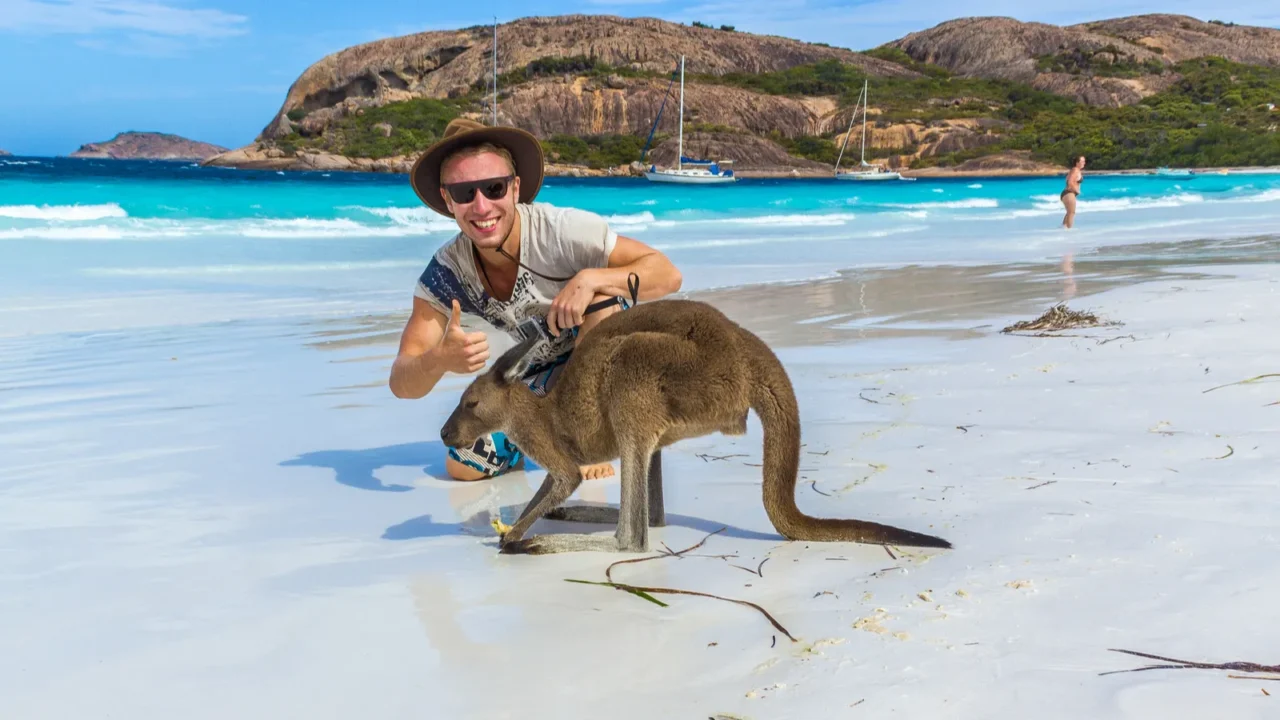
Australia’s tourism playbook
Tourism Australia has focused on U.S. recovery with campaigns that highlight culture, adventure, and sustainability. Storytelling, rather than just visual, is becoming central. The shift is from “just see” to “immerse and feel.”
Collaborations with U.S. travel influencers, tailored travel packages, and partnerships with airlines are helping restore confidence. Australia is also investing in infrastructure in regional areas to make off-beat experiences more accessible. These efforts help maintain Australia’s strength in U.S. tourism.
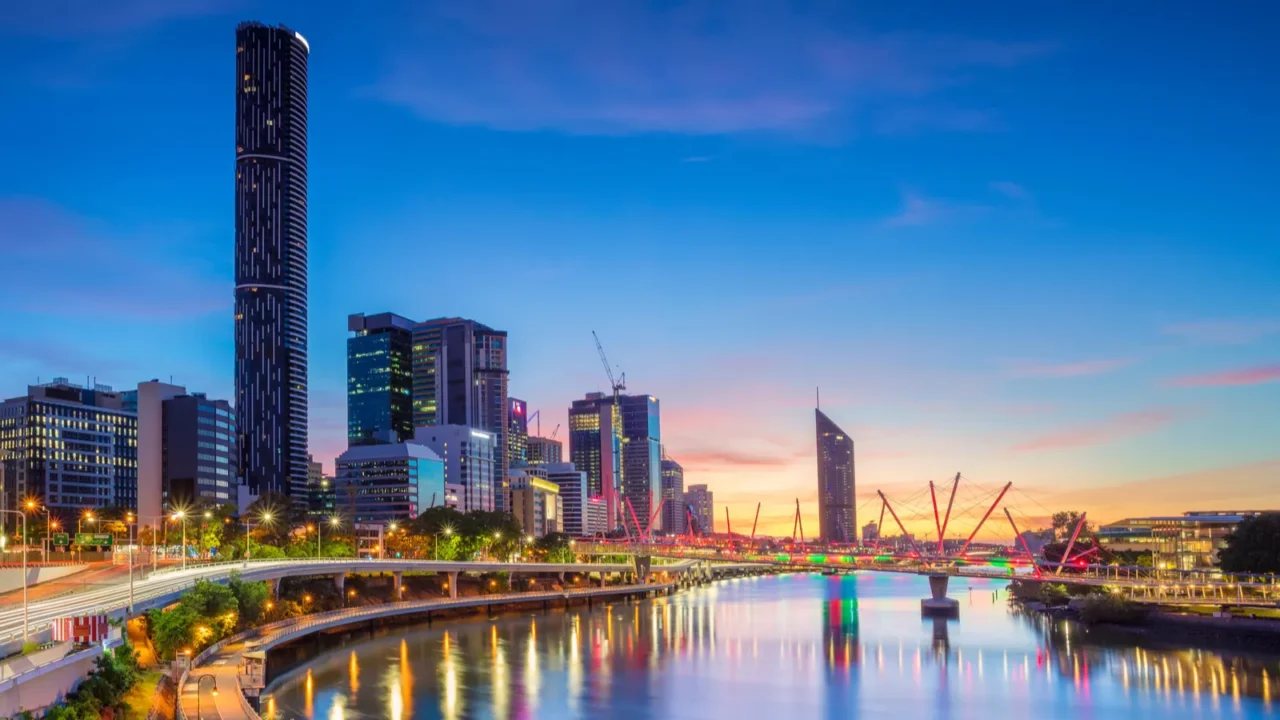
Future outlook
Industry estimates suggest the Australian travel and tourism market exceeded USD $23 billion in 2024, driven largely by recovering international and domestic demand. By 2033, it is expected to reach about USD 21.1 billion, with a compound annual growth rate of 2.11 percent from 2025 onward.
For the U.S. segment, further recovery of air routes, easing costs, and strong marketing are likely to push arrivals back above pre-COVID levels. Demand for sustainable travel and immersive experiences will grow. Australia seems well-positioned to capture more than just returning tourists but new kinds of travelers.
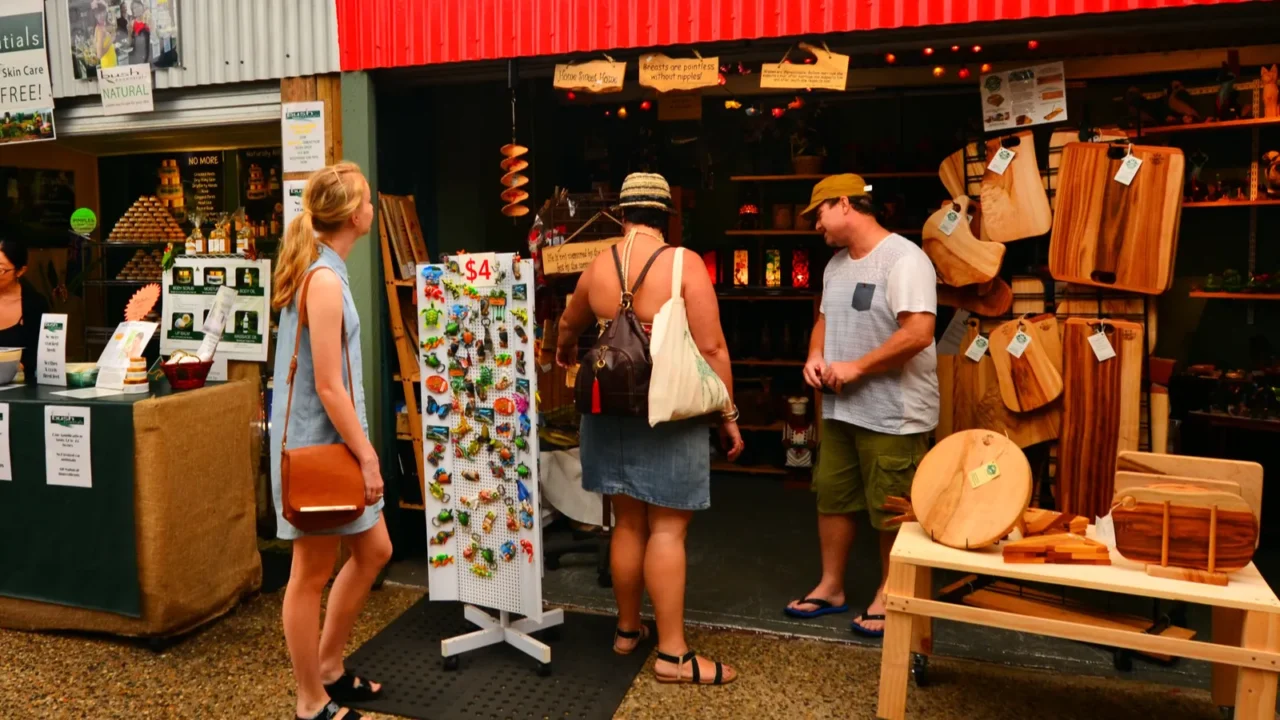
More than money
Tourism from the U.S. does more than boost revenue. It fosters cultural exchange, strengthens people-to-people ties, and raises awareness of indigenous culture. U.S. visitors who engage deeply often return home with new perspectives about the environment and heritage.
Such visits contribute to Australia’s soft power. When an American traveler leaves inspired, that impact ripples. And while nearby destinations like face challenges, such as why don’t any US airlines fly to Fiji? Australia maintains strong connections with direct flights and reliable access for American visitors.
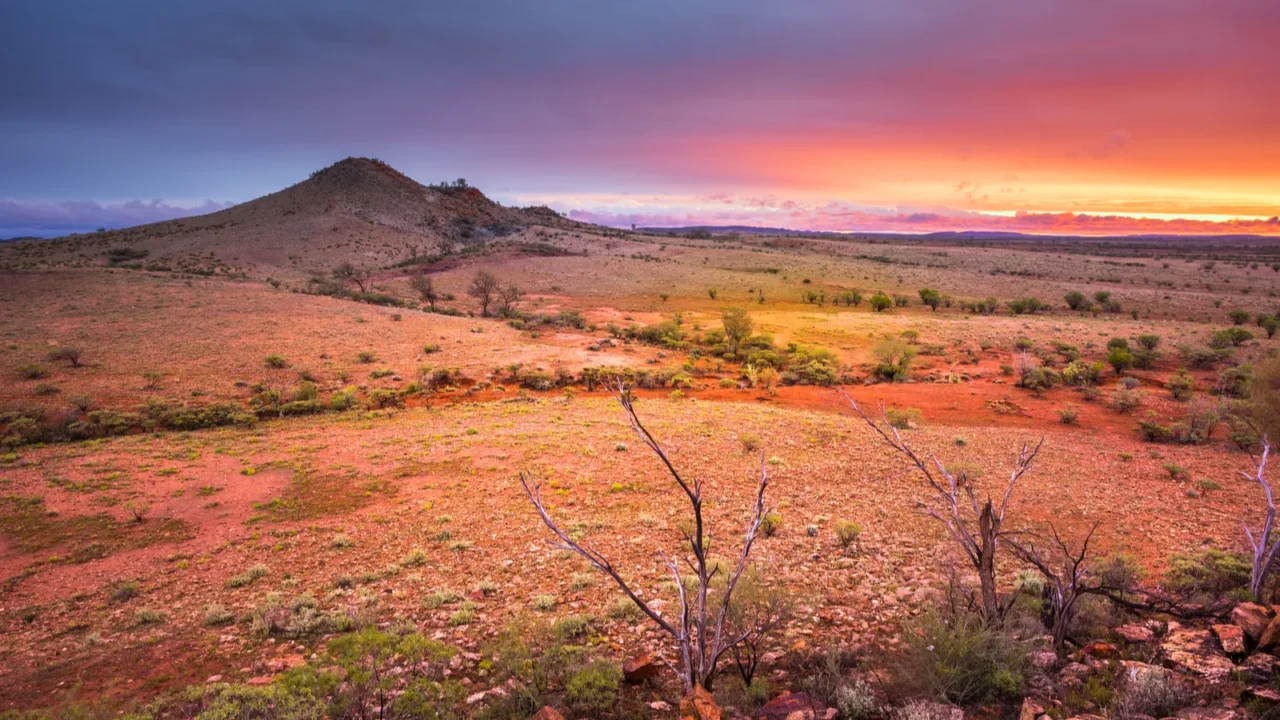
The big takeaway
Australia stays strong in U.S. tourism because it offers a blend of nature, culture, adventure, and safety that few places match. Its recovery from pandemic setbacks has been steady and authentic. American travelers now see more than beach sun, they see stories, wonder, and a real connection.
Australia offers more than a trip, maybe you can say it offers a transformation of perspective, and while the U.S. government issues travel warnings for popular vacation destination, Australia remains safe.
From golden beaches to rugged wildernesses, Australia has it all. Where would you start your journey?
Read More From This Brand:
- Wealthy Americans are heading to Europe to sidestep tariffs on luxury goods
- China ditches US, joins Europe in boosting tourism
- 15 Magical Desert Landscapes in Arizona Worth the Trip
Don’t forget to follow us for more exclusive content right here on MSN.
This slideshow was made with AI assistance and human editing.